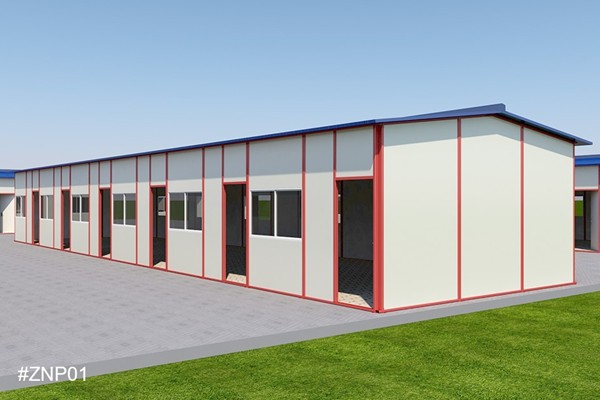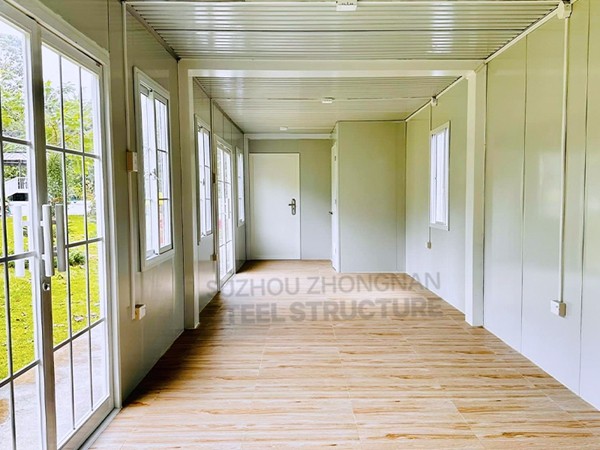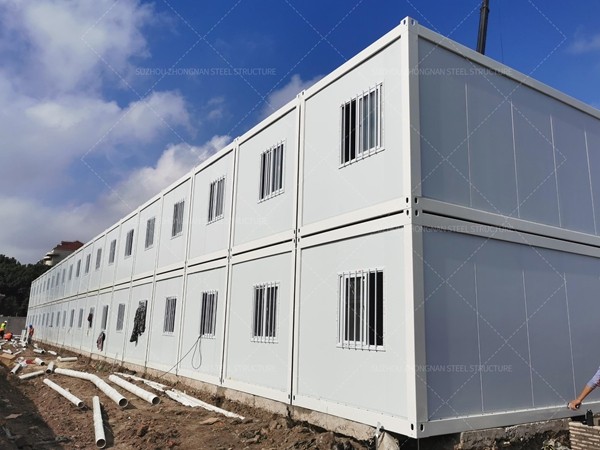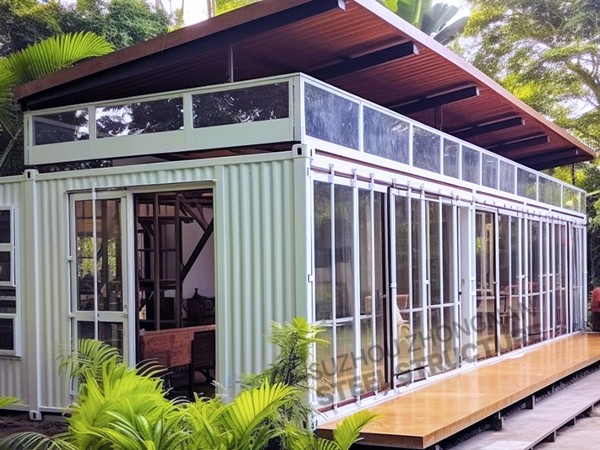Flat pack tiny homes embody sustainability and efficiency
With the increasing global awareness of sustainable development, the construction industry is also exploring more environmentally friendly and efficient building models. flat pack tiny homes, As an emerging form of architecture, it has gradually become a model of sustainability and efficiency with its unique design concepts and construction methods.
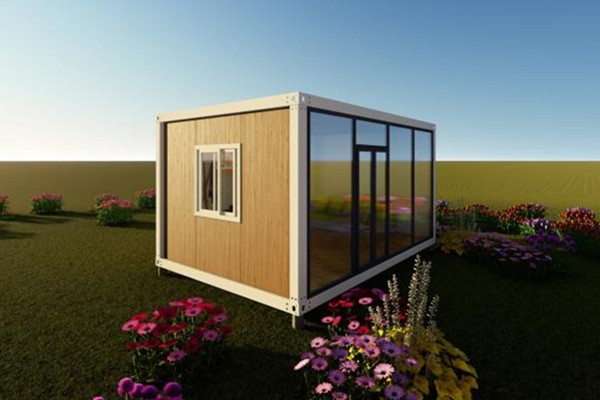
From a sustainability perspective, the design and material selection of flat pack tiny homes fully consider the needs of environmental protection
Flat pack tiny houses typically use renewable materials such as wood, steel, etc., reducing the consumption of natural resources. At the same time, this building form often has good energy efficiency performance, and its structural design and insulation performance help reduce energy consumption and achieve higher energy utilization efficiency. For example, the modular design of flat pack tiny homes enables precise calculation of required materials during the construction process, reducing waste. In addition, many flat pack tiny homes can also integrate solar panels and rainwater harvesting systems, further enhancing their sustainability and self-sufficiency.
Flat pack tiny homes have significant advantages in construction efficiency
Traditional construction methods are often time-consuming and labor-intensive, while the modular production of flat pack lodges makes the construction process more efficient. Most of the components are prefabricated in the factory and only need to be assembled on site, greatly reducing the construction period. This not only reduces construction costs, but also improves project quality, as components produced in a controlled environment are more reliable in material selection and process execution. In addition, the design of flat pack tiny homes makes the transportation, installation, and relocation process of buildings more convenient, in line with the modern society's demand for a fast-paced lifestyle.
The flexibility and adaptability of prefab flat pack homes also make them highly feasible in different environments and climatic conditions
From urban to rural, from temperate to tropical, flat pack tiny homes can be adjusted and transformed under various conditions, meeting the personalized needs of residents and effectively addressing environmental challenges in different regions. This flexibility is one of the important goals pursued in the development of modern architecture.
In short, flat pack modular homes, with their outstanding performance in sustainability and efficiency, are gradually rewriting the traditional architectural landscape. With the advancement of technology and the increasing awareness of environmental protection, it can be foreseen that flat pack tiny homes will play a more important role on the future architectural stage. By promoting this architectural form, we can not only achieve effective utilization of resources, but also contribute to creating a greener and more sustainable future.

